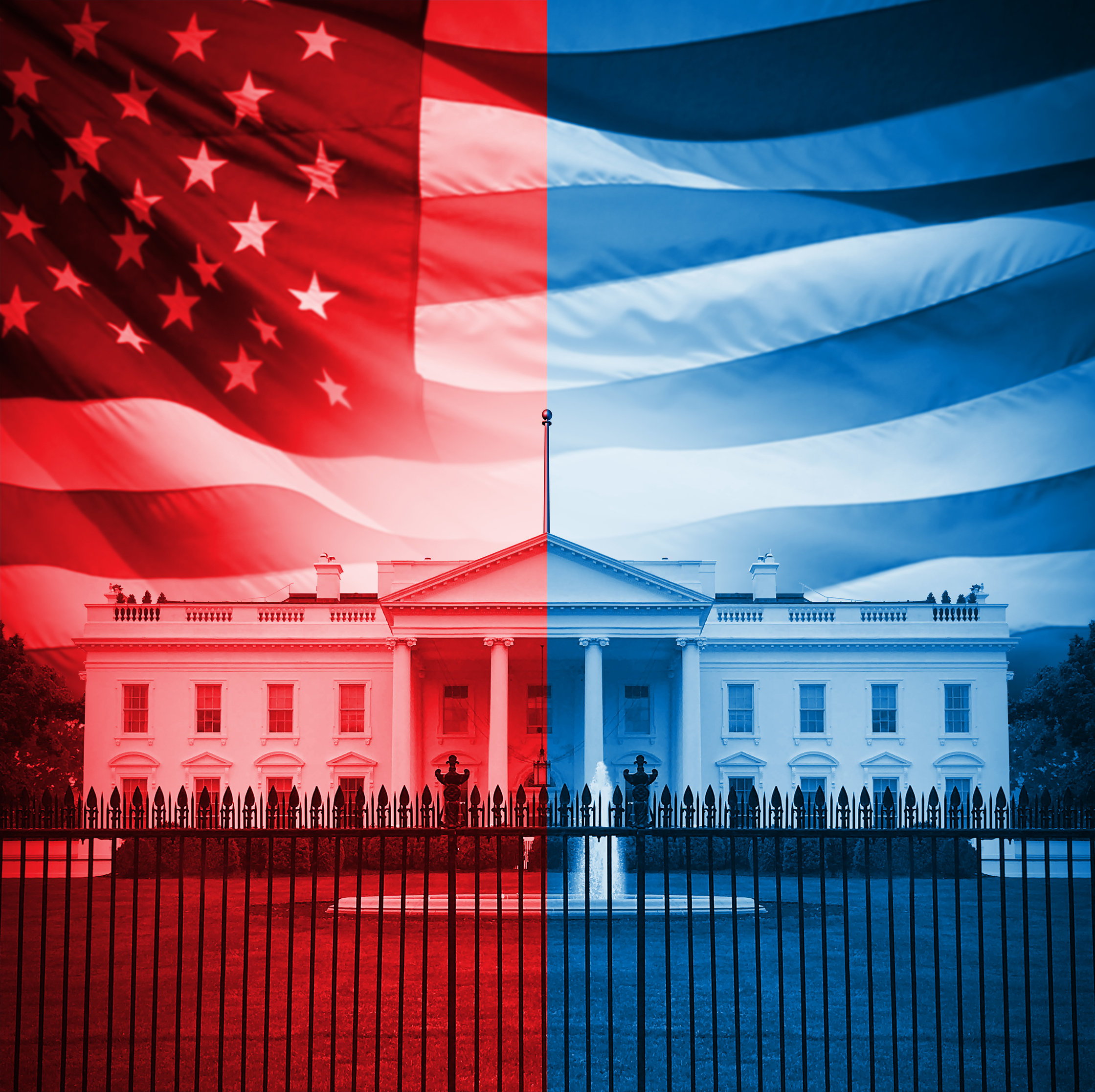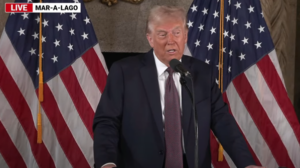Industry analysts weigh the potential presidential outcomes of the US 2024 election and how companies can prepare for change and take advantage of complex opportunities. The implications for global trade and tariffs are at the forefront of economic discussions around the world.
Neighboring countries are preparing for the possibility of renegotiated trade agreements and shifts in US tariff policies that could significantly affect their own economies.
Whether Donald Trump or Kamala Harris gets elected, there are going to be some changes one way or the other, some analysts say.
Earlier this year, Biden announced that he is raising tariffs on an array of Chinese imports, including steel and aluminum, semiconductors, electric vehicles, batteries, critical minerals, solar cells, ship-to-shore cranes, and medical products, in what he calls “an effort to protect American workers and American companies from China’s unfair trade practices.”
The President Biden also criticized the previous administration’s trade deal with China, claiming that it failed to increase American exports or boost American manufacturing as it had promised.
The White House noted in a statement that the Biden-Harris Administration recognizes the benefits for the workers and businesses from strong alliances and a rules-based international trade system based on fair competition.
On the other hand, analysts say that Donald Trump’s proposed import tariffs would see the cost of shipping goods by ocean increase in a repeat of the market spike seen during his first term as US President.
According to some analysts, it is expected that the US’ existing tariff regime for China will continue, and possibly even expand, regardless of which party is in control of the White House and Congress.
Trump defended his trade policy during the Presidential Debate, which includes blanket tariffs of up to 20% on all imports and additional tariffs of 60% to 100% on goods from China.
However, data released by the ocean freight rate intelligence platform, Xeneta, shows the last time Trump ramped up tariffs on China imports during the trade war in 2018, the ocean container shipping markets spiked more than 70%.
Peter Sand, Xeneta chief analyst, said: “Raising barriers to trade is almost always a negative move. We saw the cost of shipping goods by ocean spike dramatically when Trump introduced tariffs back in 2018 and his latest proposals will simply be a case of history repeating.”
Trump stated during the debate with Kamala Harris that his proposed import tariffs would not result in increased prices for consumers, however Sand disagrees.
He said: “When ocean container shipping markets increase, that cost gets passed down the line and ultimately it is the end-consumer who pays the price. It could be through increased cost of goods on the shelves or a limited choice in the products available.”
The tariff proposals come at a time when global ocean supply chains are already under immense strain due to conflict in the Red Sea.
Sand said: “Shippers react to supply chain threats by rushing to import as many goods as possible as quickly as they can. Frontloading of imports has contributed to the massive increases in freight rates following the outbreak of conflict in the Red Sea and we will see the same behavior from shippers ahead of any new tariffs coming into force.
“Whether it is trade wars or conflict in the Red Sea, geo-political disruptions are toxic for ocean supply chains and they are happening with a higher frequency than ever before.
“Shippers and freight forwarders dislike uncertainty because it reduces their ability to manage supply chain risk. This is why people who work or operate within the maritime industry embrace global trade and do not want to see tariffs or other barriers introduced.”
As companies look ahead to the potential impacts of the election on global trade, it is becoming increasingly clear that regardless of who is elected to the presidency, the use of tariffs and non-tariff strategies as a tool in trade policy is likely to continue.



